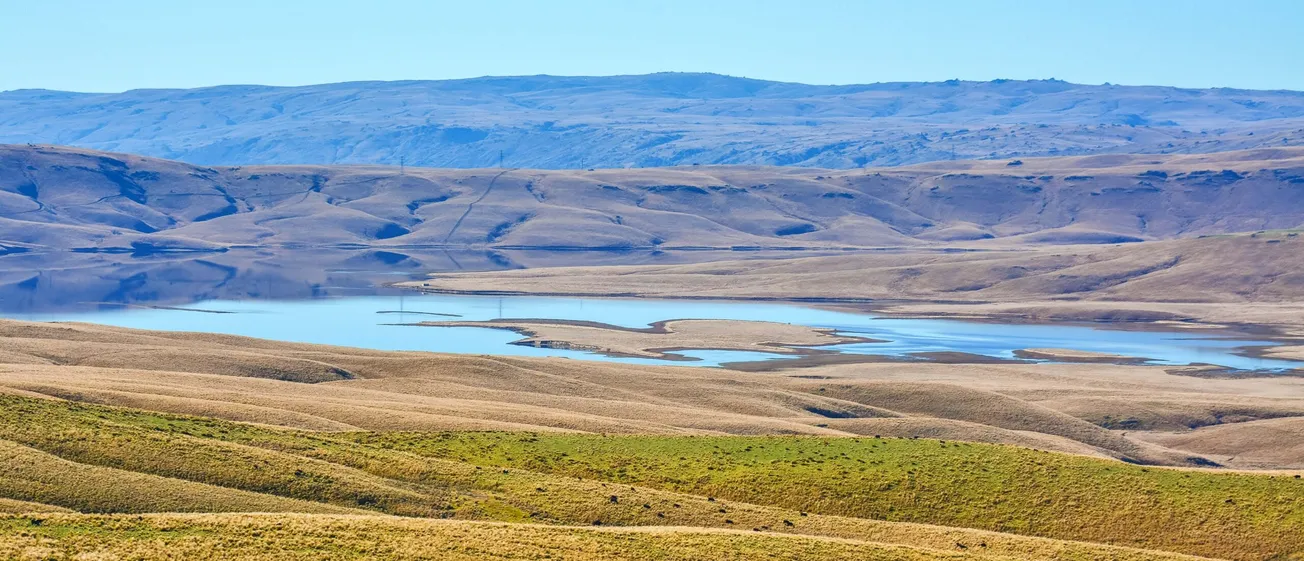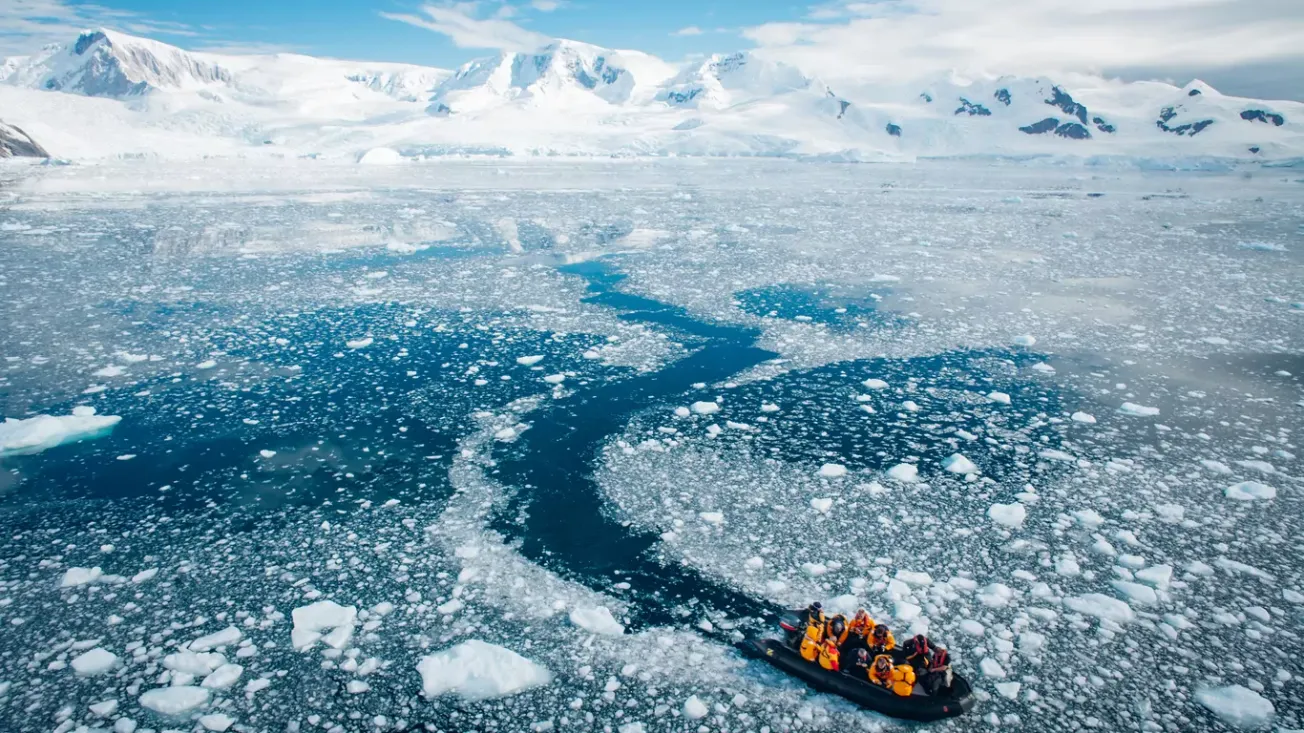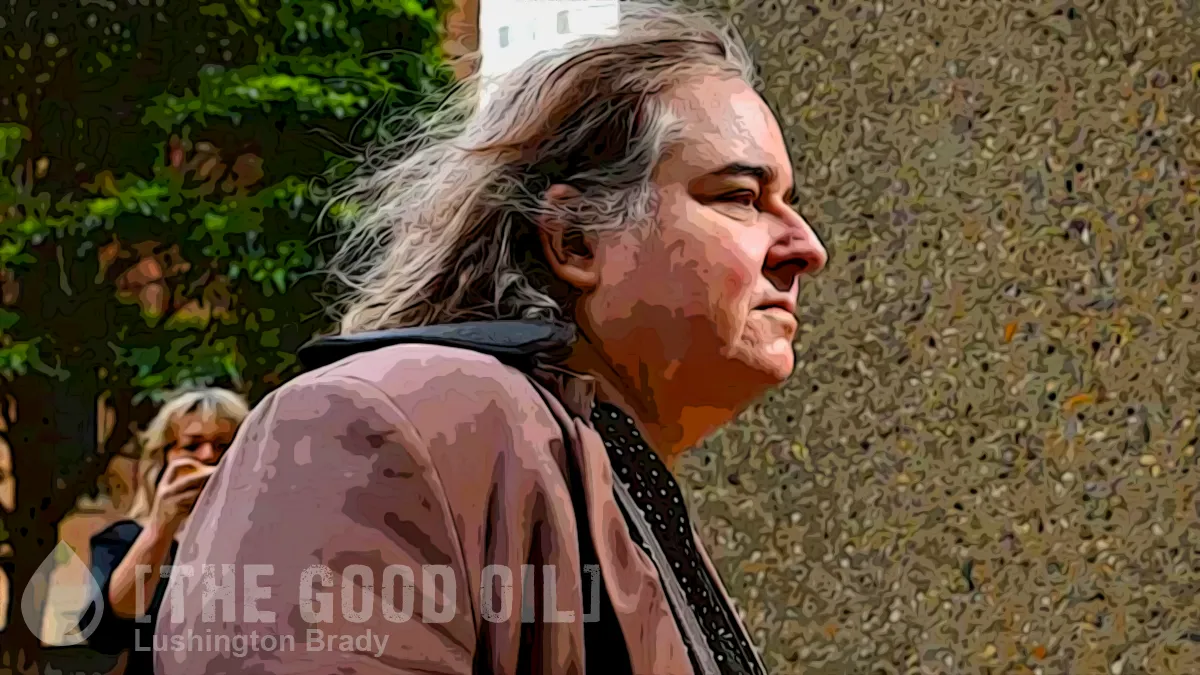Earl Bardsley
Research Associate at the University of Waikato and the originator of the idea of pumped storage at Lake Onslow.
The economic aim of pumped storage at Lake Onslow is to provide a sustainable dry year solution that will not send electricity prices through the roof.
The fuel of the scheme is water in the lake, purchased as the cost of pumping water up a 16 km tunnel from the Clutha River when electricity prices are low. Income is from running the water back for generation when electricity prices are high.
Similarly, a fossil fuel power station will only generate if the electricity price is high enough to cover the purchase of coal or gas.
Onslow’s fuel is cheaper. It can start generating sooner and prevent electricity prices rising to the point of fossil fuel generation. It’s not that Onslow seeks to create 100% renewable power. This outcome is simply a useful by-product of not having high electricity prices.
It could only be built by the government because there is no money to be made by the private sector to provide dry year security with lower power prices.
Onslow can be contrasted with renewables overbuild for dry years. The Interim Climate Change Commission references a 39% increase in industrial power costs.
Onslow’s significant $16 billion dollar cost would not be dumped onto residential power bills. The social idea of Onslow is that power costs would be less than they otherwise would be for households in energy poverty. Paying for Onslow may come from electricity-intensive industries who will benefit from not having lengthy periods of high power prices.
The large Onslow energy storage capacity means it can generate through a dry period. However, it is not an energy gorilla because its 1000 MW generating capacity is only a little larger than Huntly power station. It will purchase more electricity than it sells and would operate independently like Meridian, Mercury, and Genesis.
The main energy role of Onslow is to buffer the South Island hydro lakes so that the same amount of power can go north in a dry year. It has lucky geography in being located where it is needed near the main hydro generation. It produces no new electrons so there is no increase in transmission loss.
There are many misconceptions about Onslow, such as it will create a net energy loss or it would be better to build more hydro dams. A full list with explanations can be downloaded from my site here.
There is also an important regional water supply insurance aspect. The large water volume in the expanded Lake Onslow means that the flow in the Taieri River could be maintained through the worst drought, as could the Dunedin city water supply. All with little water level fall in the lake. The recent floods in the upper North Island have shown what happens when infrastructure does not anticipate what nature can do.
In contrast, the National Party energy policy is just to speed renewable consenting and burn gas for firming and dry years. This would ensure high power prices remain. The electricity price disaster of 2021 shows what happens when gas supply falters in a dry year. Faster consenting will do nothing because there are already many consented wind farms sitting as empty fields.
There is little point in more wind farms when the present ones crash the electricity price to zero when the wind blows. Onslow as a power purchaser would be the best thing to happen for wind energy because a floor price would be set for power sales. Its capacity for both pumping and generating would also smooth wind power fluctuations. Having 1000 MW at Onslow would enable 2000 MW of new wind power. If National really favours renewables then it should reconsider its opposition to pumped storage at Lake Onslow.










